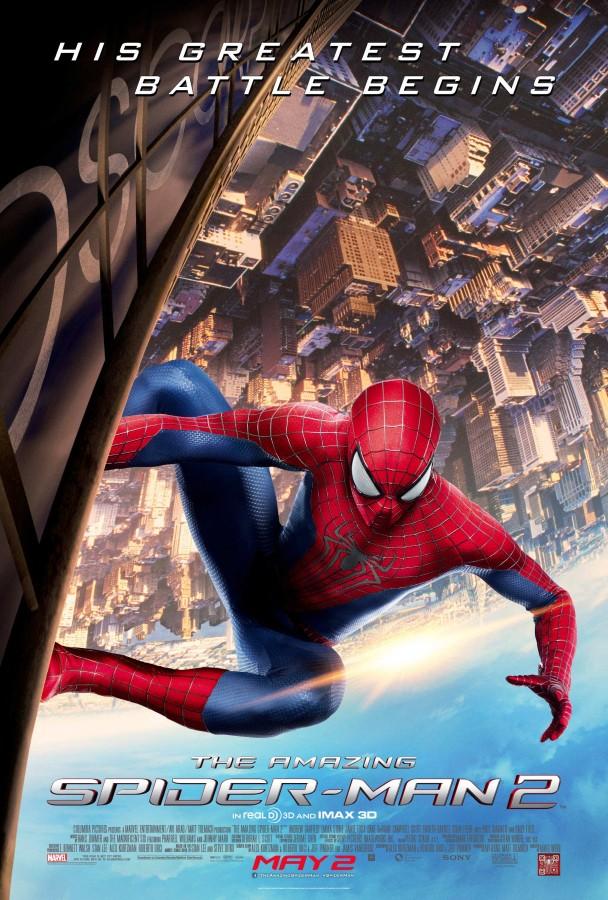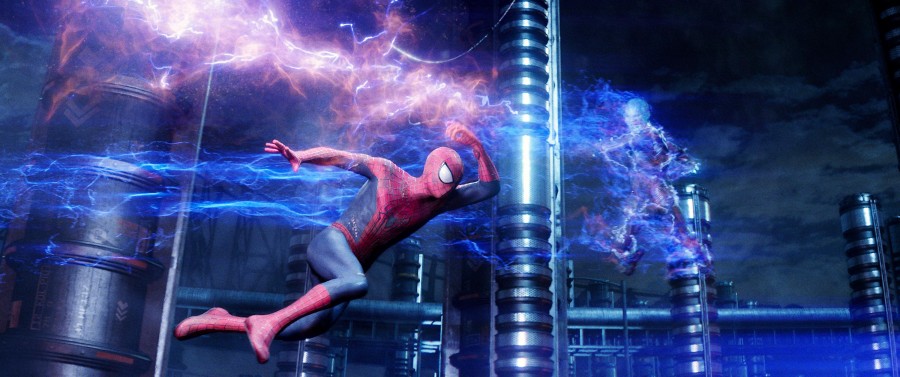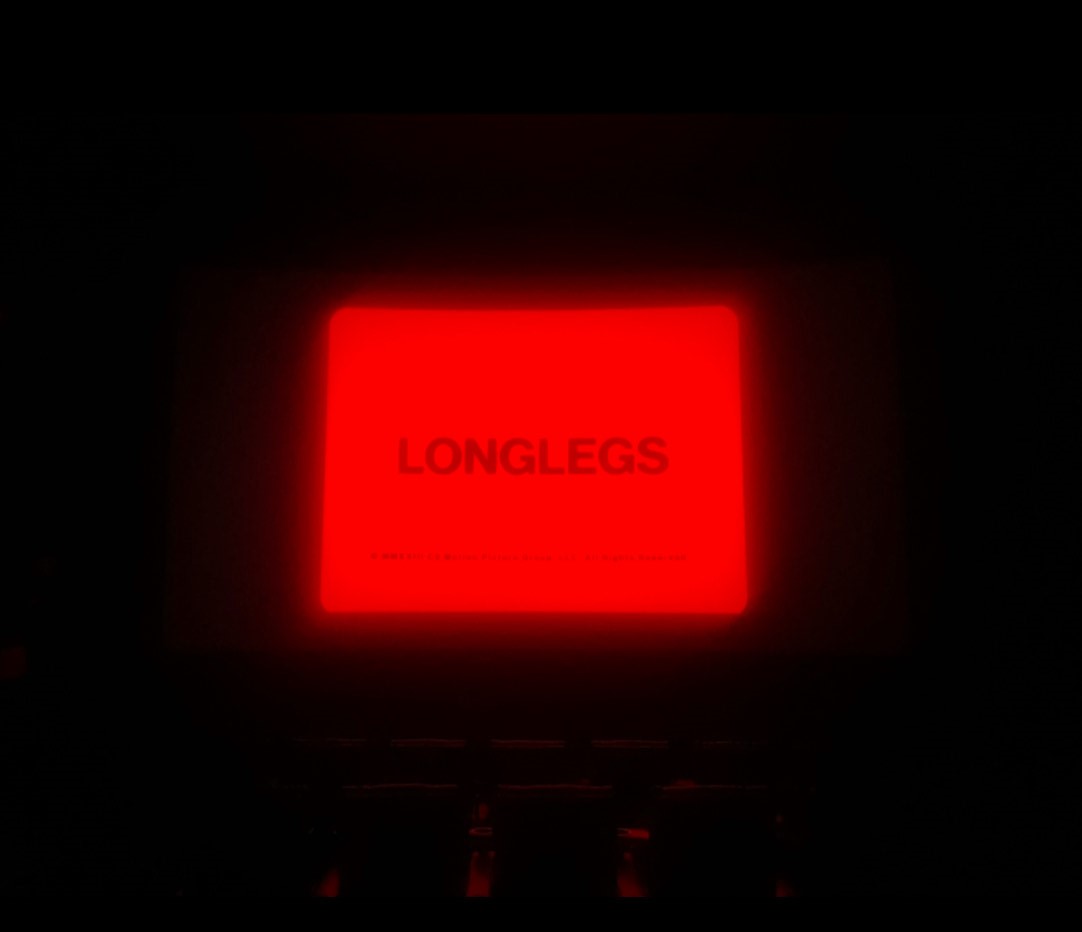Early into the movie the viewer is plunged into Spider-Man’s death-defying acrobatics through the New York City streets.
You may ask, “is it worth paying for 3-D?”
The 3-D is amazing.
Emma Stone embodies the emotional struggle of Spider-Man as Gwen Stacy. Andrew Garfield’s Peter Parker is wracked with guilt over his broken promise to Stacy’s dying father. It drives him away from her. This is what Spider-Man is all about, and gets juxtaposed with scenes of Spider-Man saving people during the rampages of villains, bringing hope with an easy manner and calmness, trying to diffuse situations before people get hurt.
Ultimately, Stacy is a much more effective symbol of this struggle than Mary Jane ever was in the Tobey Maguire movies. Her very job acquaints her with the soon-to-be-electric-villain Max Dillon and puts in her hands knowledge that helps Spider-Man fight Electro and undo the damage done later in the movie.
It is exactly this that Marvel is doing perfectly right now – putting it’s hero’s distaff counterparts directly into the climaxes as active participants rather than helpless onlookers or damsel-shaped props. Marvel’s current female stars fight for their lovers, both for their attention and their lives, and are very discontent when the men try to protect them.
Jamie Foxx skillfully portrays Max Dillon as an alienated outcast, yearning for visibility and acceptance. His transformation into Electro has clear parallels to Parker’s own – both accidents of Oscorp’s genetic research. When Spider-Man meets Dillon after his transformation, he empathizes with the unfortunate confused man, so angry at the world and suddenly powerful.
The expert translation of Electro to the screen is not purely in the strength of Foxx’s acting, though. He is given a powerful dubstep leitmotif, and a much less ridiculous costume than he wore in his comic book appearances in decades past, which lets audiences focus on the havoc a man of tangible electricity can wreak.
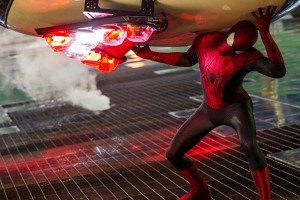
Viewers well-versed in their comic book lore know that Gwen Stacy and Green Goblin appearing in the same movie can only end one way, because it is the definitive Spider-Man story. It is act two of the story which began with Ben Parker.
The fated plot is expertly wrought. Even knowing Stacy’s destiny, you may well plead with the screen for it to end another way, especially Parker’s pain as a young man deeply in love whose beloved is out of his reach, both figuratively and literally, even as he strives with hands and webs to pull her close and she, in turn, yearns for his grip.
Viewers are not just served a bittersweet romance. “The Amazing Spider-Man 2” also offers small pieces of the mythology of Spider-Man, aperitifs promising good things to come. Harry’s hands twitch in his father’s sickness-gnarled own – a sign he is victim to the same deformative disease. Their common assistant is named Felicia. Oscorp’s head of security is named Smythe. The vaults hold a harness with four articulated metal arms and a suit of weaponized armor with a distinctive ramming head, the latter shown as Harry is informed that the first member of his six-man team of vengeance is Aleksei Sytsevich.
Viewers who stay through the credits hoping for a stinger scene (there isn’t one) will be rewarded with coy glimpses of
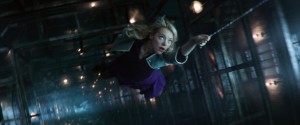
metal wings and a blank face mask from the eye holes of which pours smoke. If Electro returned, he would make for a very sinister six-man team.
“The Amazing Spider-Man 2” swings into theaters to claim both the summer box office and it’s customers for Marvel. It gives its viewers a movie filled to the brim with genuine emotional pain and struggle, characters both male and female sharing the screen as you can thrill and cheer and cry.


